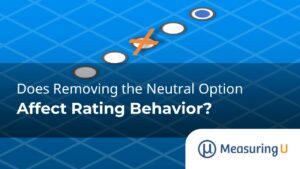
How Have UX Job Titles Changed in the Last 15 Years?
What we do on the job can change. Jobs change and job titles change. Sometimes the titles change more than the jobs. For example, what do you call someone who professionally creates software? One analysis shows that the most popular job title associated with this function has evolved from Computer Programmer in the 1980s, to








